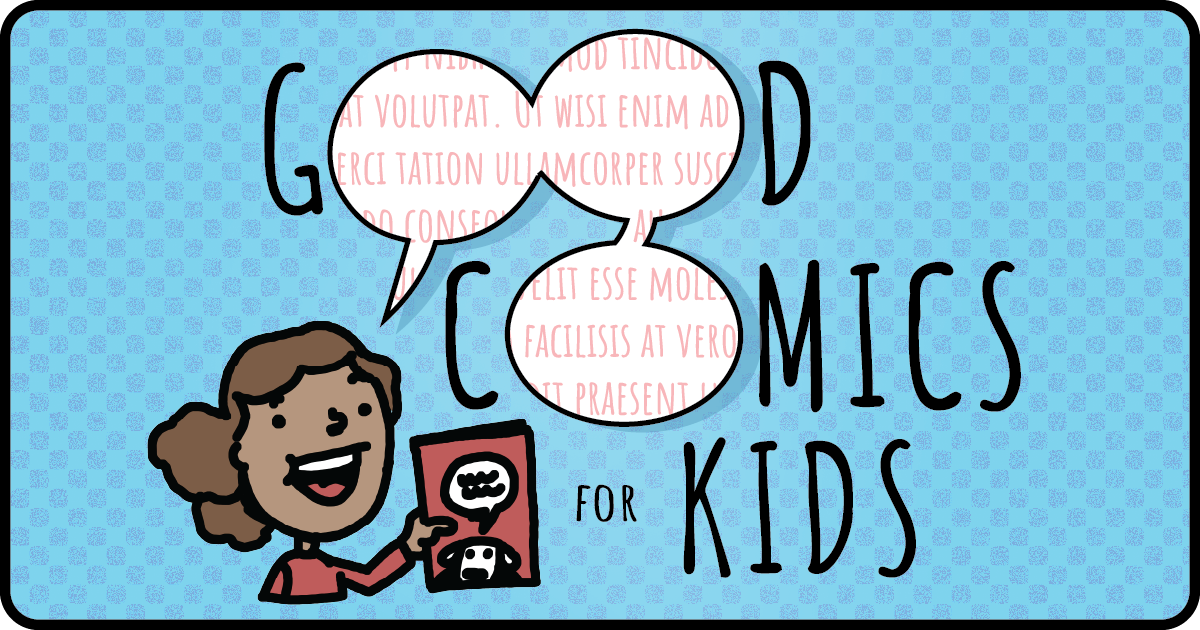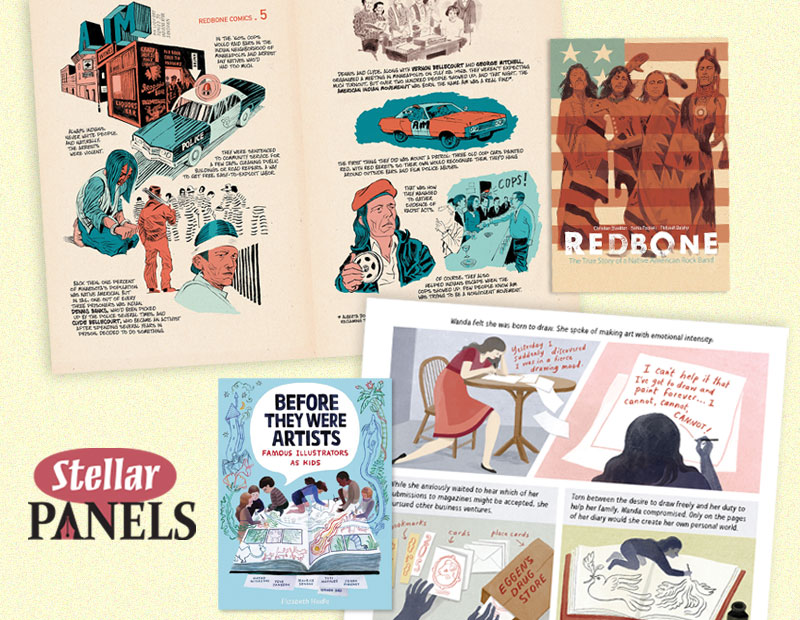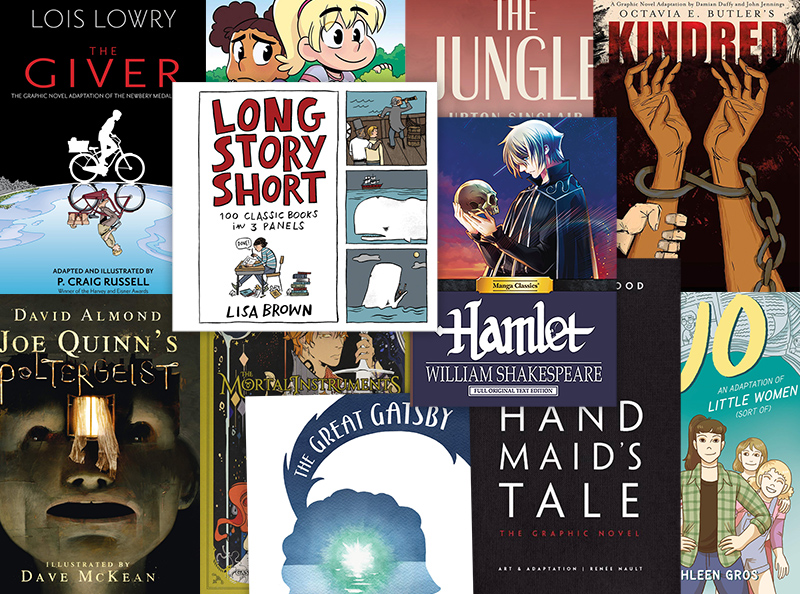Review: The Zabime Sisters
I’ll admit it, I’m a recreational reader. My favorite books are the ones that make me laugh or cry, but don’t require me to think much beyond what is on the page — much the same way most people watch television. Sure, when I’m reading to review or for committee work I read with eyes and brain wide open, but otherwise I’m pretty lazy. My primary goal is to lose myself in the story, forget my troubles, and be entertained.
But every once in a while a story will climb over my carefully erected wall of indifference, sidle up beside me and whisper in my ear. “Pay attention,” it says, “there’s more going on here than you think.” The Zabime Sisters is one of those stories. I’ve reread it about seven times now and with each reading the story becomes richer, the art becomes more lush, and my brain rejoices in having something to do.
ADVERTISEMENT
ADVERTISEMENT
The Zabime Sisters
Aristophane
Ages 12 and up
First Second, October 2010, ISBN 9781596436381
96 pages, $16.99
The Zabime Sisters is a slow, meandering story. On the island of Guadalupe, M’Rose, Elle, and Celina wake up to the first day of summer vacation ready for adventure. M’Rose spends the morning with her younger sisters, teasing them, telling stories, and stealing mangoes from a neighbor’s yard, while she waits for it to be time to watch a fight between two schoolyard rivals.
Told in three seemingly separate vignettes, The Zabime Sisters comes together to form a moving and realistic coming-of-age story for M’Rose, as M’Rose is confronted by points of view she has never considered before. As the day begins, her main concern is her own entertainment — going to the fight, teasing her sisters, playing with her friends. But through her interactions with the other children, her worldview is expanded.
The story is told through the conversations between the children, broken only by seemingly random tidbits of information from an omniscient narrator. These moments expand what is essentially a character study in ways the art and dialog alone can’t do, reminding the reader that the motivations of childhood run on a separate logic.
Some readers I’ve spoken with have had difficulty with the artwork. It’s much more painterly than usually found in graphic novels, particularly in American or Japanese comics. The art reminds me of the Post-Impressionists and the Fauves in particular. It is bold and flat, but not without motion. The contrasts are high, emphasizing the extreme light and shadows found in the tropics, giving the images a lushness and weight, while keeping things slightly out of focus the way 
 they are on hot, hot days. The children’s bodies seem to glow with sweat in the bright sun.
they are on hot, hot days. The children’s bodies seem to glow with sweat in the bright sun.
The art is where most of the description comes from. It’s where you see the town, the living conditions, the proximity of the jungle. You see how the kids interact with nature, with each other, and the greater world around them. Except for a brief view of their teasing mother, and again as mirrored by M’Rose as she teases her sisters, adults are only partially glimpsed — a body part or from the back.
This expert intertwining of the art, dialog and narration exploits the strengths of a graphic novel. The slow reveal of the story makes it possible for M’Rose to have her eyes opened without the jolt of impact that Manuel, one of the fighters, has. At the end of the fight, M’Rose isn’t afraid of Manuel the way he thinks she is. Instead she is seeing him for the first time — her worldview had changed and that unsettles her. This is the kind of coming-of-age that most people have, when the veil lifts and you realize you aren’t alone in the world. That it’s not all about you.
The art offers readers a different way of looking at graphic novels. Really, it offers readers a different way of looking at how stories can be told, much the same way this one incident, the fight, offers M’Rose a different way of looking at the world. This very literary novel is a study in contrasts and won’t appeal to every teen. Instead it’s one of those special books that careful readers will appreciate and love.
Filed under: Reviews, Uncategorized
About Eva Volin
Eva Volin is the Supervising Children's Librarian for the Alameda Free Library in California. She has written about graphic novels for such publications as Booklist, Library Journal, ICv2, Graphic Novel Reporter, and Children & Libraries. She has served on several awards committees including the Will Eisner Comic Industry Awards, the Michael L. Printz Award, and the Isotope Award for Excellence in Mini-Comics. She served on YALSA's Great Graphic Novels for Teens committee for three years and is currently serving on ALSC's Notable Books for Children committee.
ADVERTISEMENT
ADVERTISEMENT
SLJ Blog Network
One Star Review, Guess Who? (#202)
This Q&A is Going Exactly As Planned: A Talk with Tao Nyeu About Her Latest Book
Parsing Religion in Public Schools
Take Five: LGBTQIA+ Middle Grade Novels
ADVERTISEMENT








